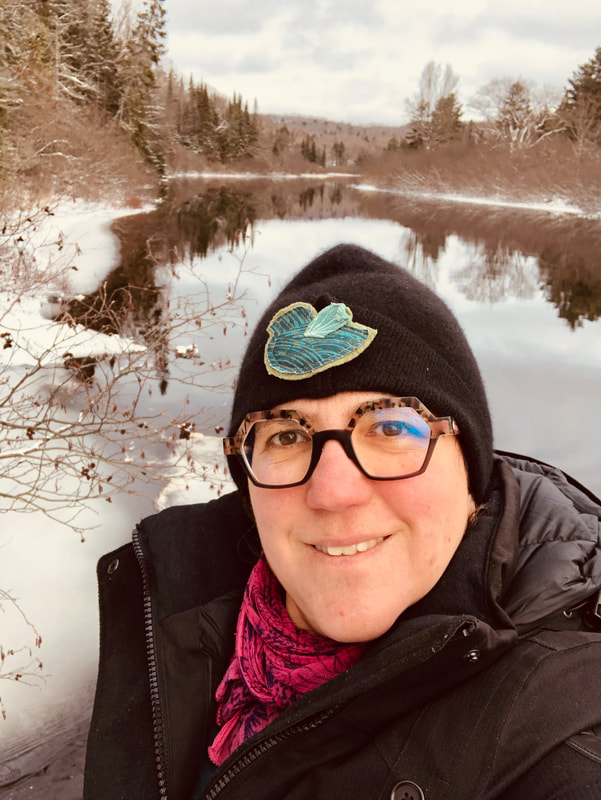|
About 10 years ago I had the great fortune of meeting Dr. Sea Rotmann at one of my favourite conferences Behaviour, Energy and Climate Change. She was speaking about energy at a human scale, collecting data from stories, and the surprising health benefits she found in her research that came from residential energy saving upgrades in Aotearoa (New Zealand). Those were the kinds of things I was talking about in my sustainability role at one of the largest hospitals in Canada but VERY few people were listening.
Since then, Sea and I have been collaborating on all shapes and sizes of projects that help put a spotlight on the humans who are at the centre of many energy management solutions, but are often discounted. Sea's current research in association with the International Energy Agency (IEA) Technology Collaboration Programme (TCP) on hard-to-reach (HTR) energy users has produced incredible findings on energy justice, including new insights about how many people are living in "hidden" energy hardship. The need to expand the definition of hard-to-reach by including the possibility that those experiencing energy hardship may be easy-to-reach but many of our approaches have been inappropriate. Sea extended a generous invitation to me to participate in the international HTR Hui (workshop) she convened in Wellington, Aotearoa in March 2023. The Hui, in collaboration with dozens of researchers from around the world, local Māori and Pasifika experts, government and not-for-profit groups and local utilities was something really unique. Dare I say, one of the first times an IEA-TCP led project included field research, local indigenous knowledge and ample time for stories and dialogue to build relations. Working in this way shows us how we might begin to disrupt the common colonial pattern in energy research spaces of 'experts only' sharing data, outcomes and results that are disconnected from humans and community realities. Although all the other talks were focused on the target residential audiences, Sea thought my experience and practice working with institutional energy users might be complementary and I think she was right. In fact, I think the more we can share across experiences and specialities the better. I came across this brilliant question posed on Twitter by Indigenous scholar and medical doctor, Dr. Lisa Richardson. It reframes how we think about getting to what is most needed now. "How do we retain relationality in the work of transformative change within institutions, where process and policies emerge from a culture that is non-relational?" There is no book we can go to, to find what is most needed now. The solutions we seek do not exist 'out there'. We need to put in the time to build relations, make the space to build relations, meet people in their communities, listen deeply and expand our own perspectives - wether we are talking about home energy users or institutions. In my talk from a practitioner perspective I shared a few observations from my energy management work in the hospital and health care sector. I'm particularly focused on the practice of noticing patterns in large complex systems. Patterns of human behaviour, social decision making, organizational learning that either preserve the status quo (energy waste) or challenge the status quo (energy saving). This approach focuses on the world as it is and not on how we wish it were. It is especially useful if you want to put the people, the users in relation to the whole. You can see all my slides from the workshop below. If you are using these approaches already or would like to know more about them please be in touch.
0 Comments
Leave a Reply. |
Author
|

